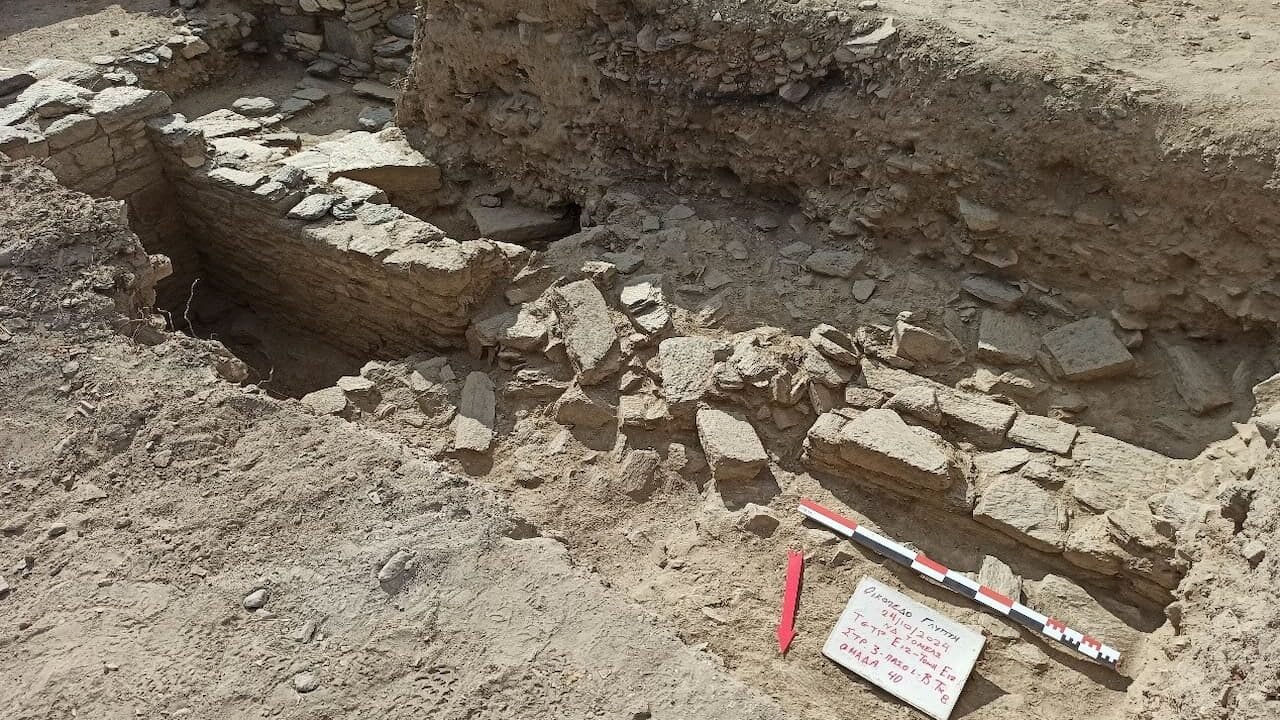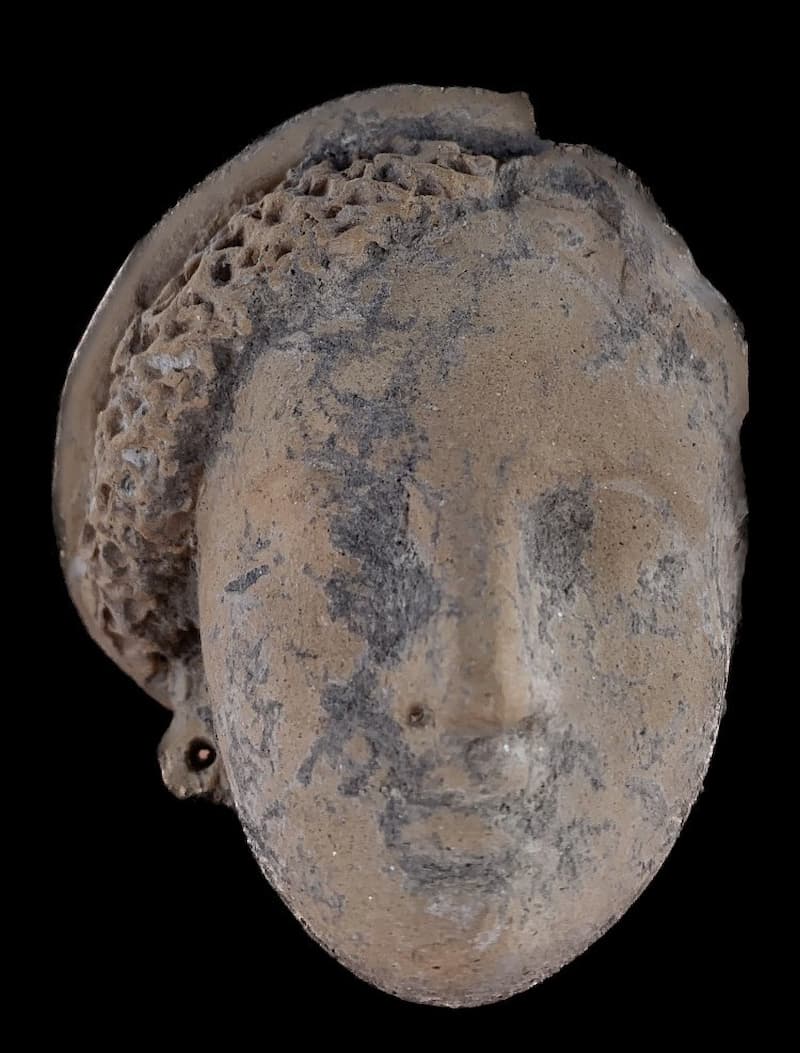The ancient city of Nineveh, whose ruins lie on the eastern side of the Tigris River within the city of Mosul in northern Iraq, is considered one of the most…

Archaeologists have been excavating at the site of Floga in Paroikía, on the Cycladic island of Paros in Greece, where evidence of artisanal activities had already emerged in the 1980s. The systematic excavation carried out this season by the Ephorate of Antiquities of the Cyclades, led by Dr. Sofia Detoratou, confirmed the suspicions by unearthing a sculpture workshop from the Hellenistic period at the site.
Those initial excavations, which uncovered three clearly differentiated architectural structures with deposits of marble chips scattered throughout the area and a notable number of unfinished marble sculptures, already pointed to the existence of a sculpture workshop active during the Hellenistic period.
The resumption of excavations in 2008, and their subsequent systematization beginning in 2013, made it possible to identify new architectural remains, some built upon even older structures, providing tangible evidence of continued occupation of the site.

These earlier phases, dated between the late 5th and 4th centuries BC, show a clear residential character, as indicated by the discovery of fragments of pottery mainly for domestic use, such as vessels for food and drink consumption, and to a lesser extent, storage containers, all linked to everyday life in the Classical period.
One of the most relevant findings of this season’s campaign is the confirmation of a radical reconfiguration of the space around the end of the 3rd century BC or the beginning of the 2nd century BC.
The structures discovered in this phase retain a residential character, as evidenced by the identification of a room with a pebble floor and remains of wall painting imitating marble slabs, probably an andron, a room designated for male gatherings, a symbolically important space in Greek houses.

However, the superimposition of a thick layer of marble waste in the central courtyard, covering the earlier construction phases, along with a high concentration of unfinished sculptures, clearly points to the site’s added use as a marble sculpture workshop during the Hellenistic period.
The presence among this debris of clay molds, seals, pigments, fragments of purple dye, and metal slags reinforces the interpretation that this area not only served for sculpture carving but also hosted other specialized artisanal activities.
This year’s archaeological work has brought to light new rooms of the building complex, whose walls are preserved in exceptional condition, reaching remarkable heights. The movable finds are equally valuable: several unfinished sculptures stand out, particularly representations of Aphrodite, as well as female heads modeled in clay, ceramic molds, seals, and a considerable number of ceramic fragments of various types.
Subscribe to get the latest posts sent to your email.